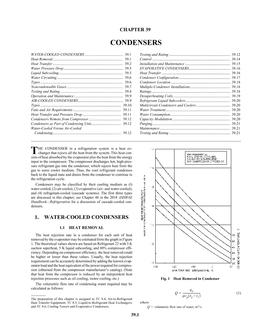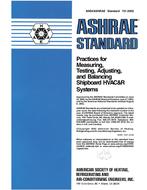Building-energy-use factors could be divided into two types according to their effect on energy efficiency: efficiency-correlated factors (which will affect the energy use efficiency) and non-efficiency-correlated factors (which will not affect the energy use efficiency). The energy-use only derived from efficiency-correlated factors will affect the practical building energy efficiency, which is the basis for building renovation. In this paper, this part of energy-use is defined as equivalent energy consumption of building energy efficiency. This paper selects 8 building energy efficiency factors as independent variable, 3 from non-efficiency-correlated factors and 5 from efficiency-correlated factors. Among all the building energy efficiency factors, building types and management are found to have a big impact on building energy efficiency assessment based on energy use analysis of Shanghai office and commercial buildings. An equation is developed for equivalent energy consumption of building energy efficiency by means of multiple regression analysis. With a sample of 33 office buildings ranged from 20,000 m2 to 80,000 m2 in Shanghai, an equation of equivalent energy consumption of building energy efficiency is given. The cumulative frequency curve of energy efficiency is also given for Shanghai.
Citation: ASHRAE Conference Papers, 2010, vol. 116, pt. 2, Albuquerque, NM
Product Details
- Published:
- 2010
- Number of Pages:
- 13
- File Size:
- 1 file , 510 KB
- Product Code(s):
- D-AB-10-C029


